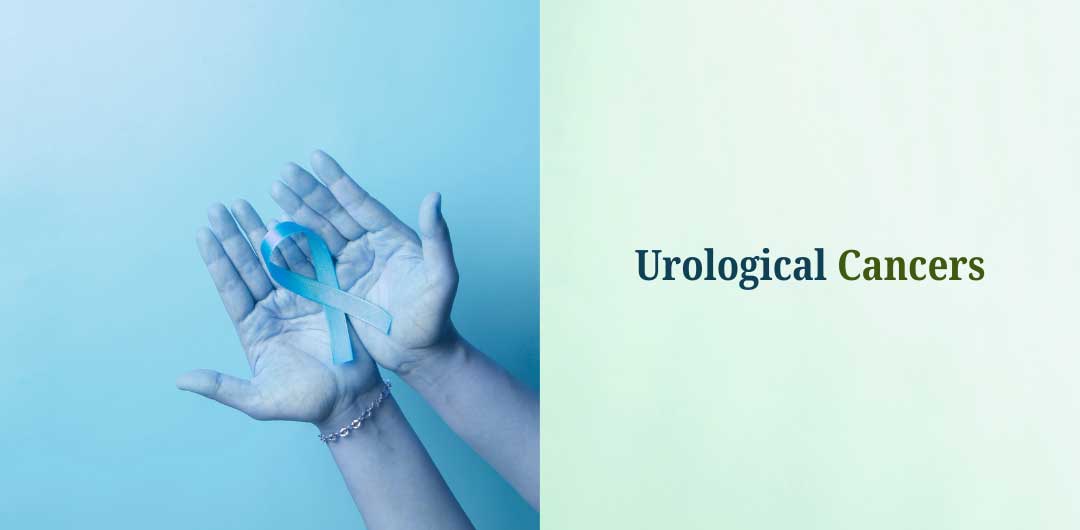Urological Cancers

Comprehensive care for cancers of the kidney, bladder, prostate, and adrenal glands through robotic and laparoscopic surgeries, enabling high precision, faster recovery, and better cancer control.
Prostate Cancer: The Silent Epidemic
Prostate cancer, the most common urological malignancy, primarily affects men over 50. It often grows slowly, with no early symptoms, but advanced stages may cause urinary issues, blood in the urine, or pelvic pain. Risk factors include age, family history, and African ancestry. PSA screening enables early detection, though debates over overtreatment persist due to some tumors’ indolent nature. Treatments range from active surveillance to surgery, radiation, and hormone therapy. Innovations like robotic-assisted prostatectomy and targeted therapies improve precision, reducing side effects while enhancing survival rates.
Bladder Cancer: A Recurring Challenge
Strongly linked to smoking and occupational chemical exposure, bladder cancer often presents with painless blood in the urine, easily overlooked. Men are more affected, and risk increases with age. Its high recurrence rate demands lifelong monitoring. Treatments include immunotherapy (BCG), chemotherapy, and, in severe cases, bladder removal. Minimally invasive surgeries and advances in intravesical therapies have improved outcomes, but the psychological burden of recurrence underscores the need for robust patient support systems.
Kidney Cancer: The Incidental Threat
Renal cell carcinoma dominates kidney cancer cases, often detected incidentally during imaging for unrelated conditions. Obesity, hypertension, and genetic disorders like von Hippel-Lindau syndrome elevate risk. Symptoms, when present, include flank pain or blood in the urine. Surgery, including partial or total nephrectomy, is the primary treatment. For advanced cases, targeted therapies and immunotherapies, such as checkpoint inhibitors, have revolutionized care, offering hope for metastatic patients, though access to these costly treatments varies globally.
Testicular Cancer: A Young Man’s Foe
Testicular cancer, though rare, primarily strikes men aged 15–35. A painless lump or swelling is the key symptom, making self-examination critical. Risk factors include undescended testes and family history. Its high cure rate—over 95% in early stages—stems from effective chemotherapy, radiation, and surgery. However, survivors face challenges like infertility or body image concerns, highlighting the need for psychosocial care. Awareness campaigns promoting self-checks empower early detection, saving lives.
Ureteral Cancer: The Elusive Rarity
Ureteral cancer, closely related to bladder cancer, is uncommon and challenging to diagnose due to vague symptoms like hematuria or flank pain. Smoking and chemical exposures are key risks. Specialized imaging, like ureteroscopy, is essential for detection. Surgery, often involving ureter removal, is the main treatment, but outcomes depend on early diagnosis, emphasizing the need for heightened clinical awareness.
The Way Forward
Combating urological cancers requires a multifaceted approach: lifestyle changes (quitting smoking, healthy weight), stigma reduction to encourage screenings, and investment in research for personalized therapies. Immunotherapy and genetic profiling are transforming treatment landscapes, but equitable access remains a challenge. By amplifying awareness and fostering open dialogue, we can turn these silent threats into manageable conditions, improving lives worldwide.
